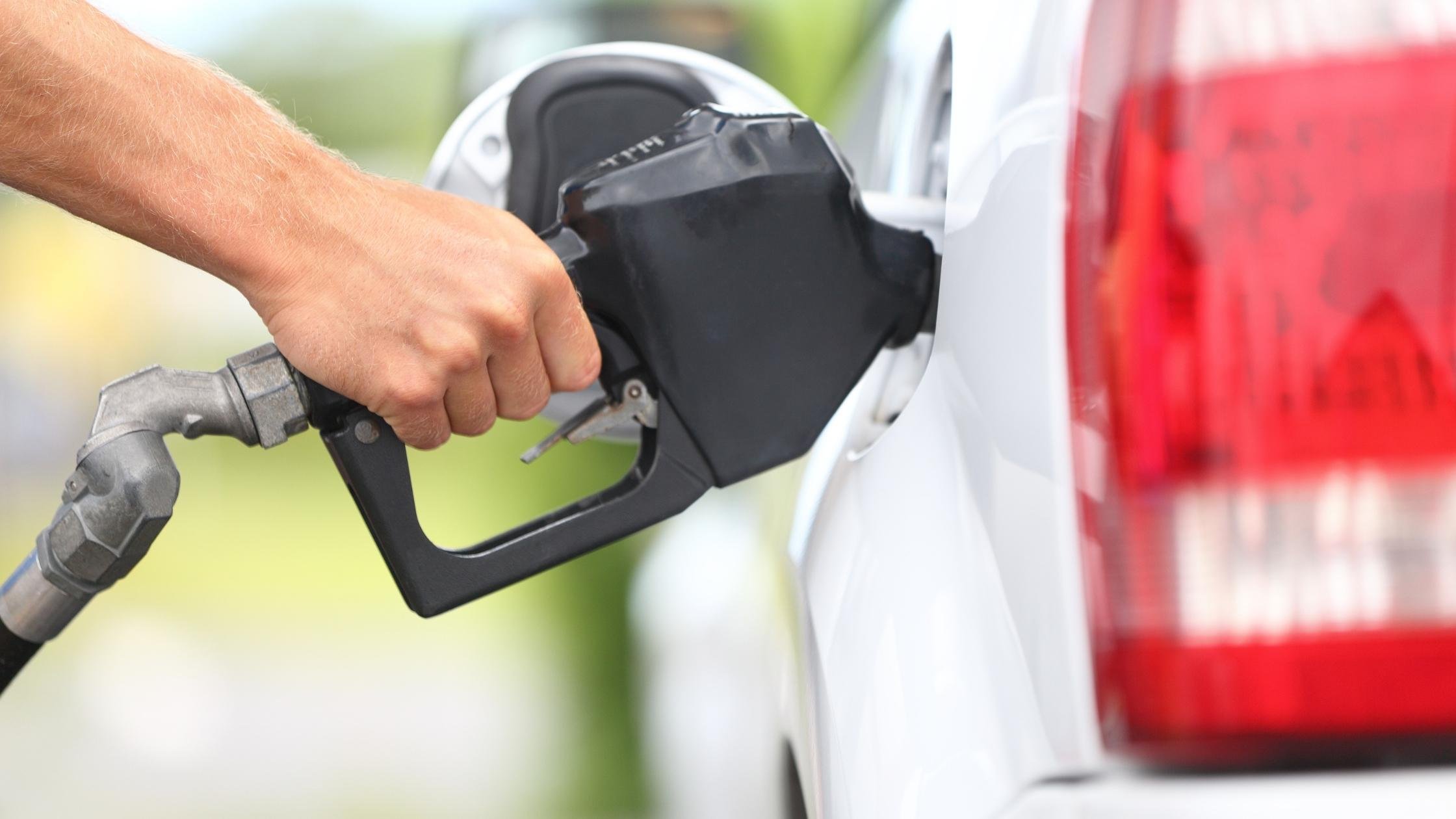
Water in gas tanks is one of the worst problems that drivers can experience on the road. This can become a dangerous situation for driving the vehicle if not addressed right away. And if you frequently operate routes in rainy climates, there is an even greater possibility of this occurring. If water leaks into your fuel tank, this could result in erosion of metal components, pinging during combustion or a damaged engine, not to mention complete engine shutdown. Here's what you should know and how to prevent this problem from happening to you.
How does water get in gas tanks?
Water in gas tanks could be caused by several factors, but the two most common culprits are condensation from the air and infiltration from outside sources like rain or flooding. There can also be small openings or weak seals in a fuel tank which can allow moisture to enter, especially for drivers who operate in wet climates. Some water can even get mixed with the fuel itself if you fill up in an area with high humidity levels. And if you accidentally leave your gas cap off after refueling while it rains, the chance of water entering your gas tank increases. Knowing what kind of conditions lead to a water-contaminated fuel tank is important for prevention so that you can keep your vehicle in good working condition.
What happens if water gets in your gas tank?
When drivers find themselves with water in gas tanks, serious damage to vehicles can occur. Water has a different chemical composition compared to gasoline and diesel and is not suitable for internal combustion engines. Water in diesel fuel can cause corrosion and rusting, leading to large deposits of debris within fuel lines and spark plugs. When water leaks into your gas tank, your fuel is less combustible and your engine can malfunction. It can also lead to damaged fuel tank components, costly repairs and in some cases, engine shutdown, if not resolved right away.
Water in gas tank symptoms
The most obvious symptom for drivers who might have a water-contaminated fuel tank is difficulty starting the vehicle. Another symptom is an instant decrease in power after accelerating or no power at all. The engine could also jolt and rev to higher speeds without the driver trying to do so. Other symptoms include a strong gasoline smell, misfiring or rough idling. Any sign of the engine struggling to accelerate or a dramatic decrease in vehicle performance could point to water in diesel fuel and should be addressed immediately.
How to get water out of gas tanks
Before hitting the road, consider using a fuel additive as a preventative step. Many are specifically designed to remove water in fuel, should they become mixed. This can help protect essential engine parts like valves and pumps from condensation. Below are some fuel additives to consider:
- ISO-HEET: This option works as an anti-freeze and water-removing additive that also cleans fuel injectors and carburetors. ISO-HEET is one of the most popular additives that drivers can purchase to prevent rust and corrosion from water-contaminated fuel.
- STP Water Remover: STP Water Remover removes rust and corrosion from possible water damage in gas tanks. This fuel additive works as a great preventative option for fuel tanks that are prone to condensation in humid areas.
- BG Ethanol Fuel System Drier: This additive absorbs any water that might've formed from condensation, allowing your engine to run smoothly while preventing fuel gelling and freezing.
- K-100: K-100 is an excellent option for both unleaded and diesel vehicles. Instead of separating the fuel and water, this fuel additive lets the water emulsify in order to be burned with fuel.
While fuel additives can be useful for preventing and even resolving some cases of water-contaminated fuel tanks, keep in mind that additives vary in how effective they are with removing or separating water in fuel. If you tried using a fuel additive and vehicle problems persist, then you should try to identify the source of the water getting into your tank. It could be condensation that's collected over time or a leak from a faulty fuel line. Once you've determined where the water is coming from, then you should carefully siphon it out with an industrial-grade siphon pump to clear your entire fuel tank. You can also try draining the fuel from the drain plug that's normally located underneath your vehicle. Be sure to follow safety precautions like keeping your distance from heat sources and using approved containers to store potentially hazardous materials like fuel. Once you've resolved how the water is getting into your tank and have removed the fuel that was contaminated, refill your tank to start anew.
It's important to be aware of the conditions that can cause water contamination in your tank. Make sure to do a thorough vehicle inspection periodically. Look for any signs of rust or erosion. While driving, take note of any inconsistent acceleration or misfiring that are symptoms of water in gas tanks. When you fuel at a station, tighten your gas cap afterward. Also, consider using a fuel additive to prevent or mitigate the effects of water contamination. And if you suspect there is water in fuel, then take immediate action to resolve the problem so that your engine is not damaged.




